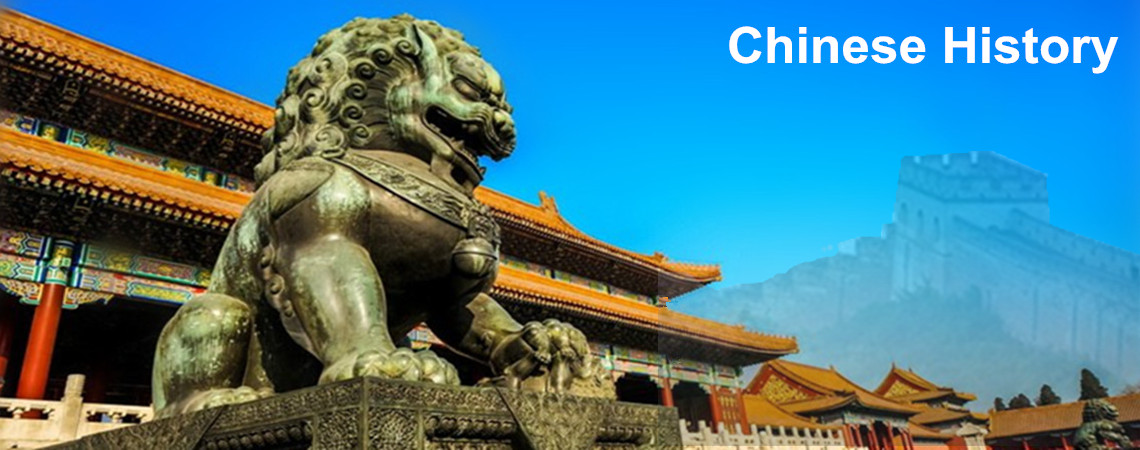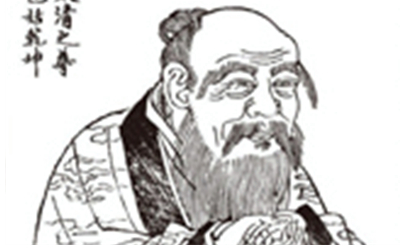
Lao Zi
 Lao Zi or Lao Tzu (about 600 BC- 470BC), with the family name as Li, given name as Er and respected name as Dan, the founder of Taoism, was born in today’s Guoyang County of Anhui Province.
Lao Zi or Lao Tzu (about 600 BC- 470BC), with the family name as Li, given name as Er and respected name as Dan, the founder of Taoism, was born in today’s Guoyang County of Anhui Province.
He once held a post as the keeper of archives and records at the capital of the Zhou Dynasty (a title similar to today’s national head librarian), and later lived in seclusion. According to a legendary story, Lao Zi rode on a water buffalo to retire in the mountains. When he passed by Hangu Pass, the official who was in charge of the Pass begged the sage for a book of his teachings, and Lao Zi then wrote Tao Te ching or The Way and its Power, a book of above 5,000 words.
Tao t King or The Way and its Power is mainly composed of two parts of Tao (literal: Path or Way) and Te (literal: to achieve Dao). “Tao” is nothing, yet this nothing is not zero; it is the total spontaneity of all things. “Te” refers to how to realize “Tao”. Small country with fewer people is the reflection of Lao Tzu’s Taoist idea in the society. He advocated to govern by doing nothing that goes against the nature.
The aesthetics and photographic art he proposed is that grand music has faintest notes and great form is beyond shape. Taoism initiates the idea of upholding nature and living harmoniously with nature, which has dominated in Chinese cultures for thousands of years. His thoughts were inherited by Zhuang Zi. As a central figure in Chinese culture, Laozi’s philosophy constitutes the core of Chinese traditional cultural thought together with Confucianism and Buddhism.






 Ask Questions ?
Ask Questions ?